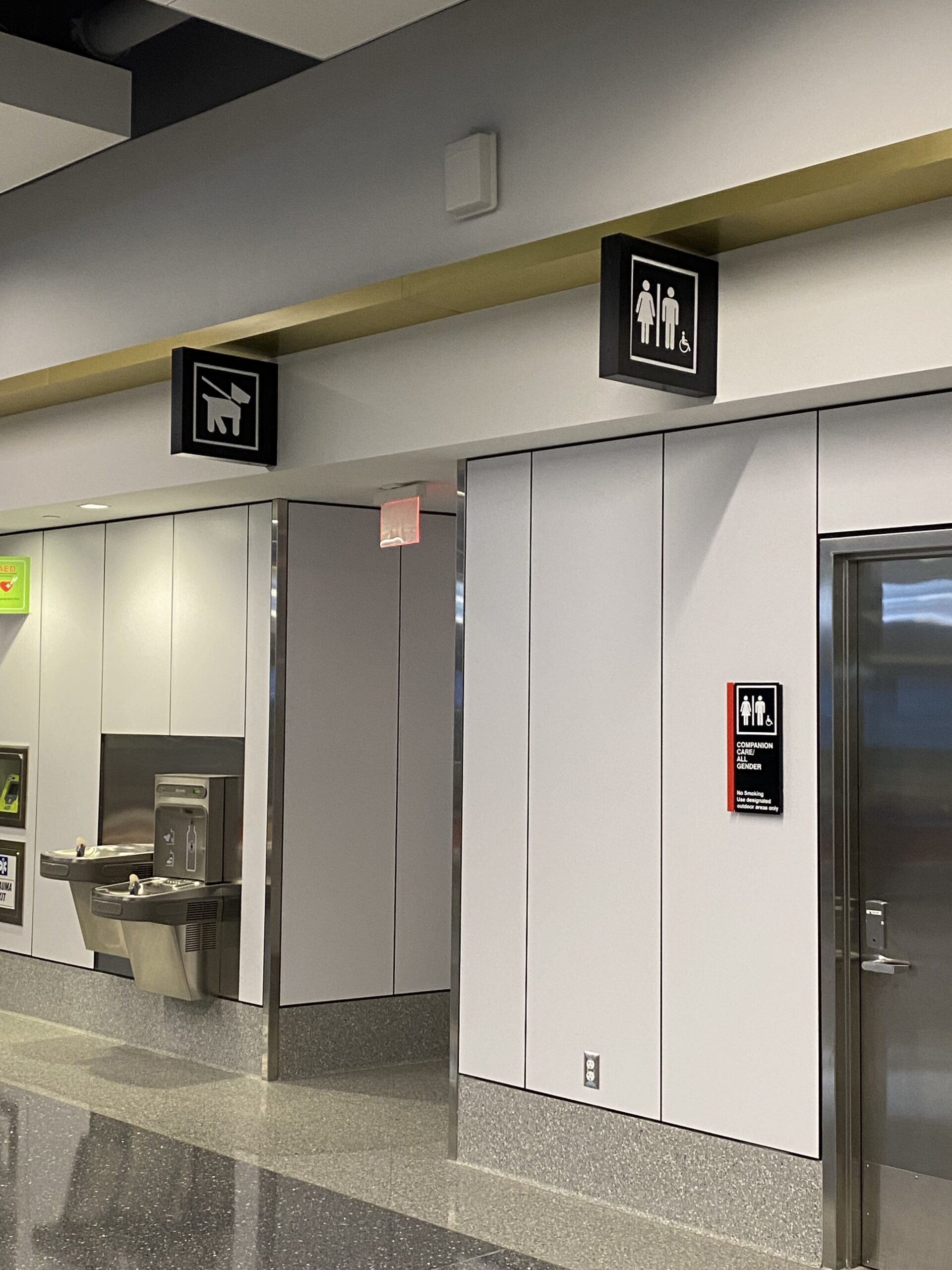When all you have is a hammer, everything looks like a nail… the problem with the four-day work week.
As we continue to navigate our way out of the pandemic and try to work out new and hopefully more productive ways of working, the growing clamour for a four-day week seems to be becoming ever louder.
But this seems to me to be a classic situation of trying to design a (perceived) problem to fit a solution.
At the risk of alienating anyone reading this piece, it also raises the question about who decided we should all be working less in the first place? It’s a serious point. If working less as a society leads to lower growth and higher national debt, we simply store up even bigger problems for future generations.
There is a genuine argument that we should all be pulling harder than ever for the next few years to help our economy get back on a stronger footing but that’s for another article.
Coming back to the four-day week… my main issue is that it is being presented as a one-size-fits all solution when, in reality, it suits only a minority of employees. That’s not to say that there isn’t a place for it, but one of the lessons that has come out of the pandemic is that there are a number of flexible, dynamic working models that employers can adopt to meet their individual needs.
Another incredibly important lesson is that whatever models are adopted, they have to be fair and reasonable. The vast majority of employees understand that they won’t get everything they want, but they will feel much more engaged (and therefore far more likely not to leave) if they believe they have been part of a fair process.
Very few organisations can operate a four-day week and improve productivity. For example, a 20% reduction in manufacturing equipment utilisation would need enormous improvements in efficiency. Likewise, most businesses in the service sector are under pressure to extend their services, not reduce them – and that’s before we even start to think about working across time zones and international markets.
And, to cap it all, I suspect most employees would simply shoehorn their existing work into four days potentially leading to more burnout and stress… also known as the ‘beware of what you wish for’ syndrome!
It’s undoubtedly a positive move that more flexible working is a feature of lots of employees’ working patterns and that being forced to turn up somewhere five days a week for no good reason is increasingly becoming a massive barrier to hiring.
For HR and Talent Acquisition leaders looking to find and keep the people they need, there are more opportunities than ever to create an employer brand to engage with wider pools of more diverse, external talent and to build internal marketplaces that support flexible working, effective skills utilisation and much improved attrition. But, as ever, beware of simple answers to complicated problems.






